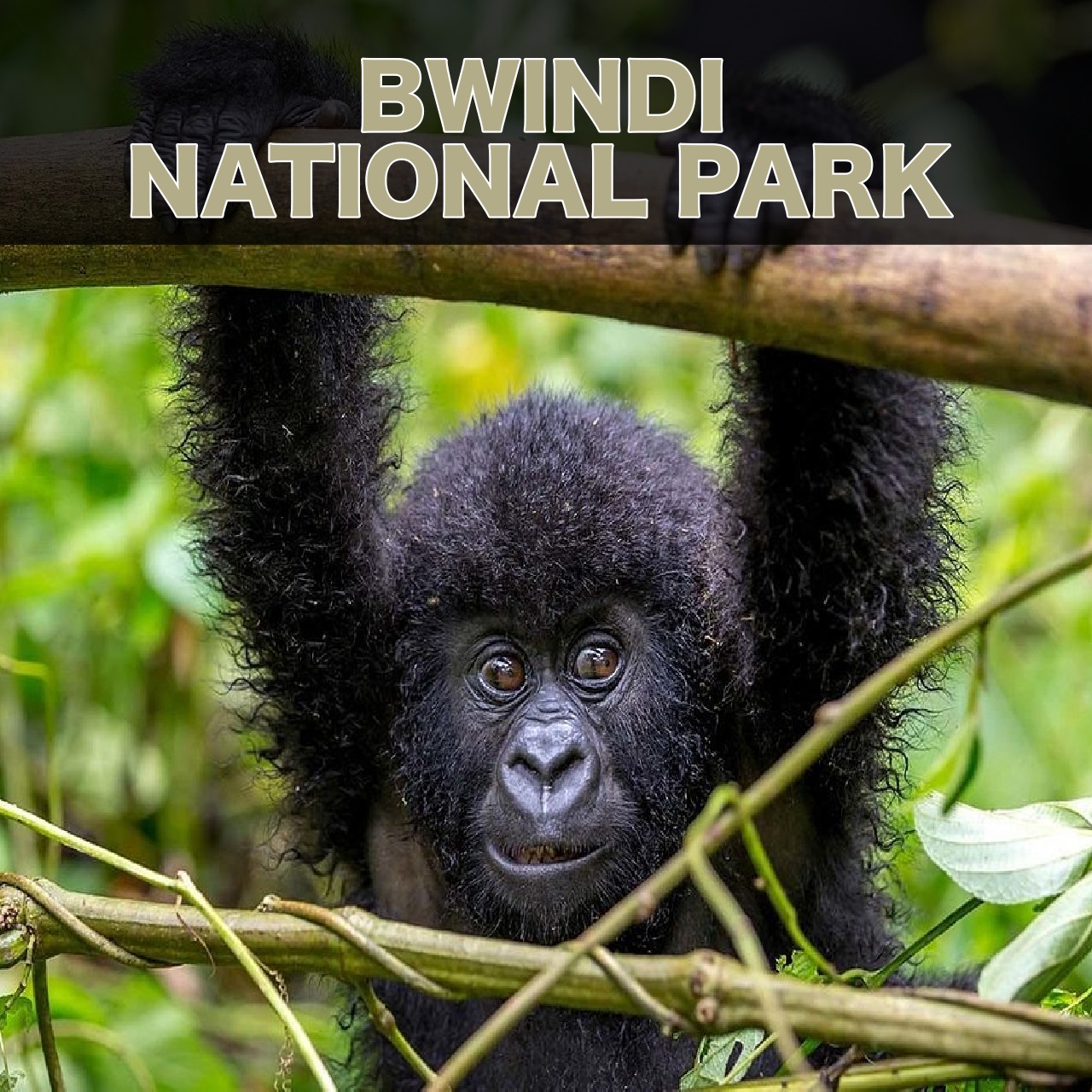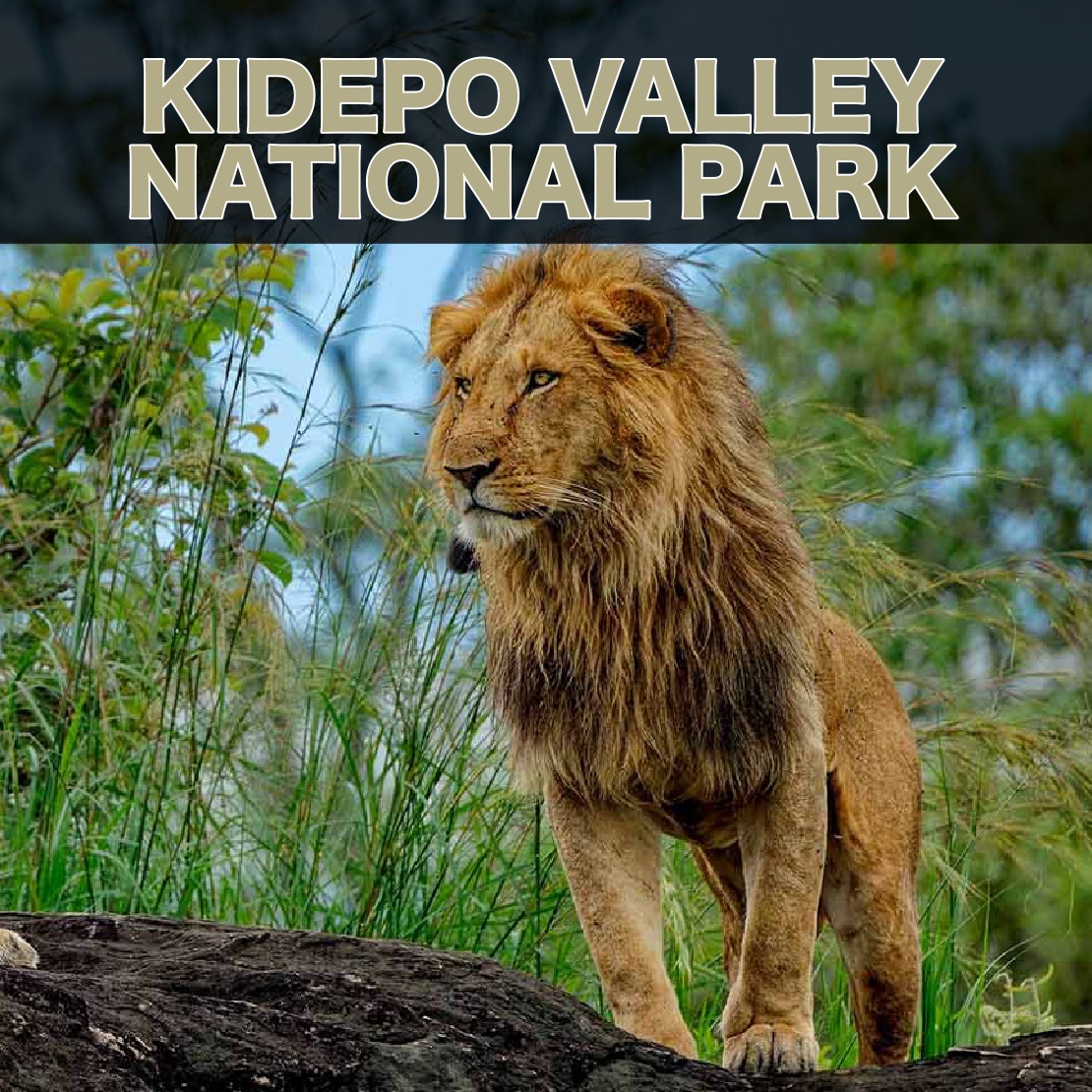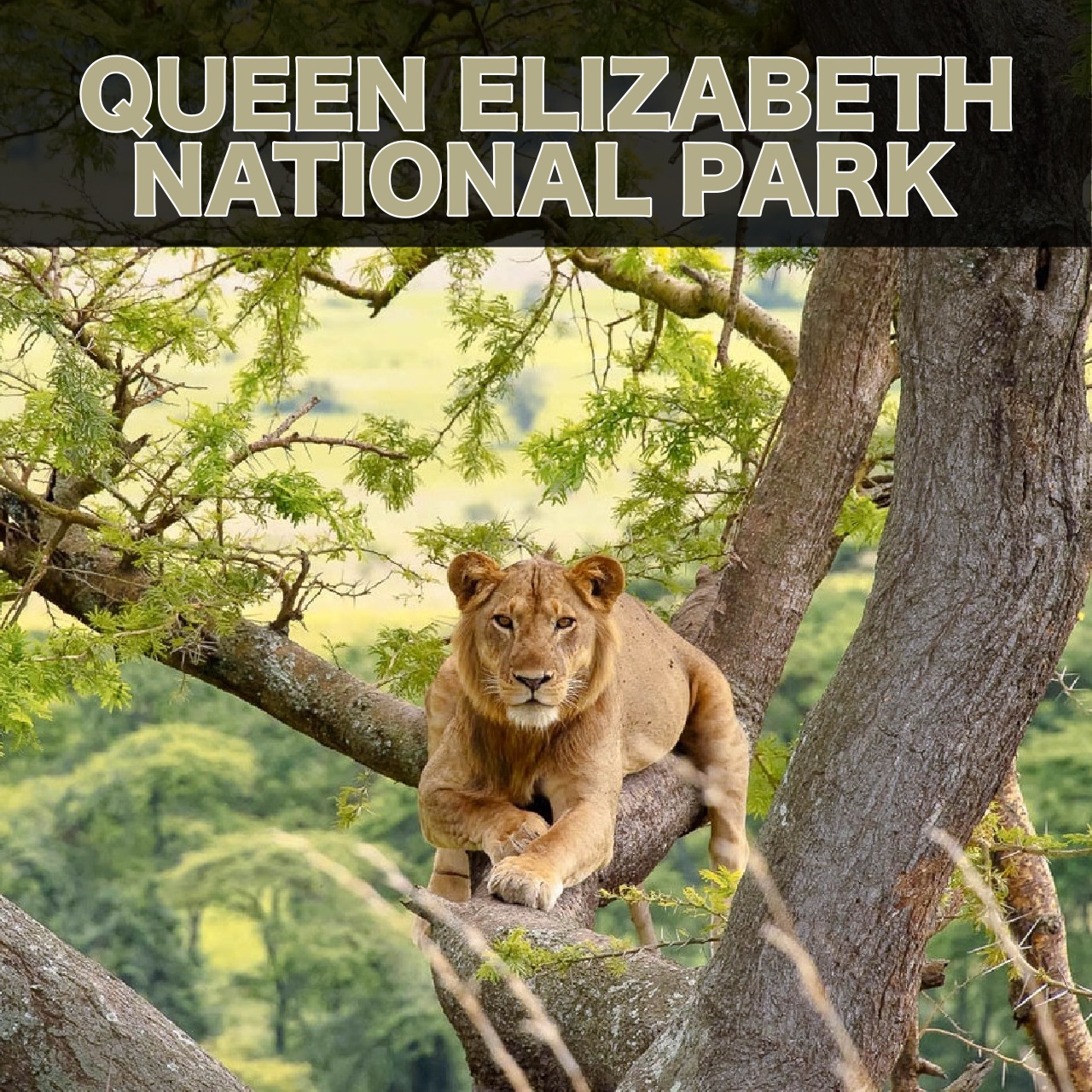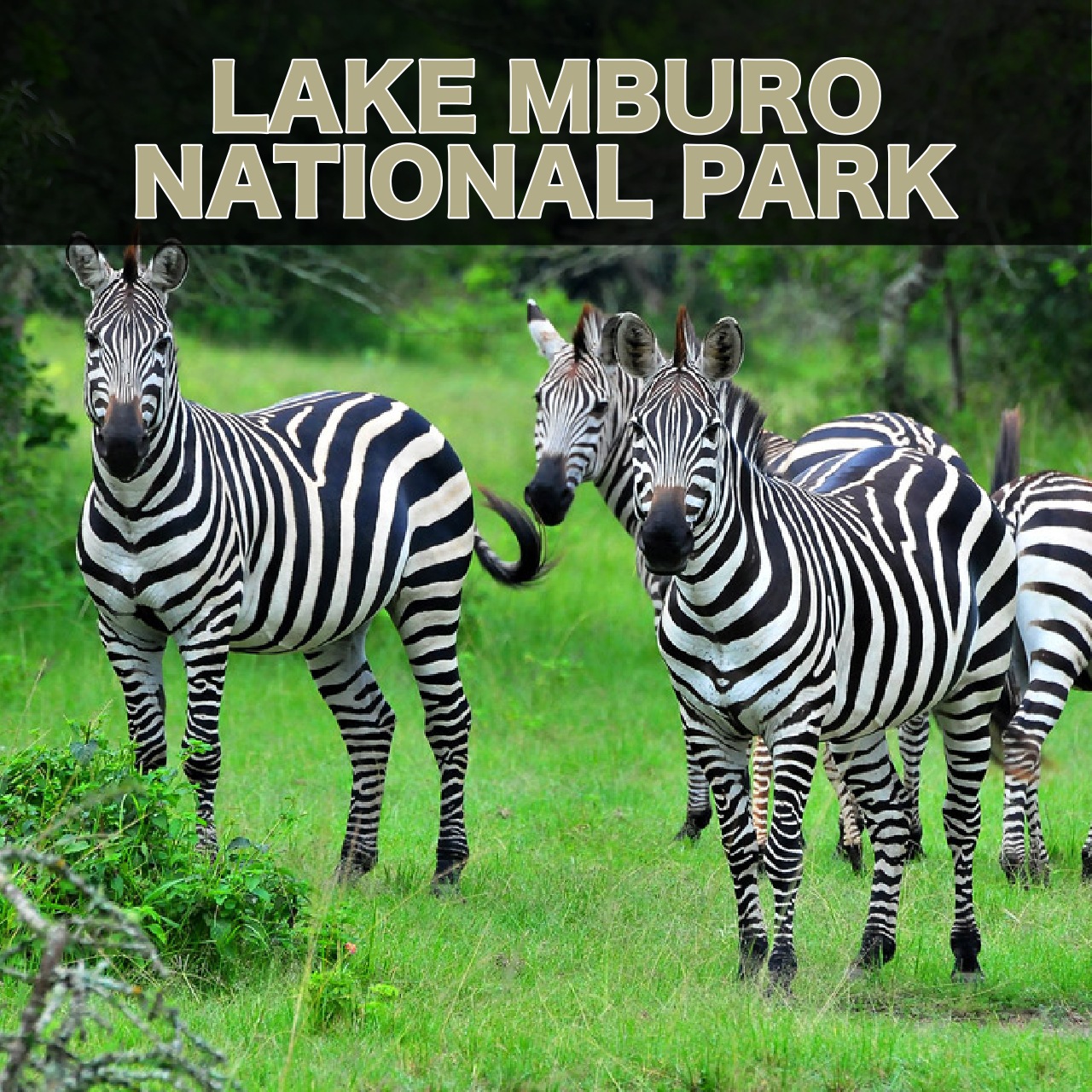RWENZORI MOUNTAINS NATIONAL PARK
RWENZORI MOUNTAINS NATIONAL PARK
Rwenzori Mountains National Park, a spectacular National Park is Uganda’s most preferred mountaineering destination. It is in this park where the Africa’s snow- capped block mountain –Mountains of the Moon is located.
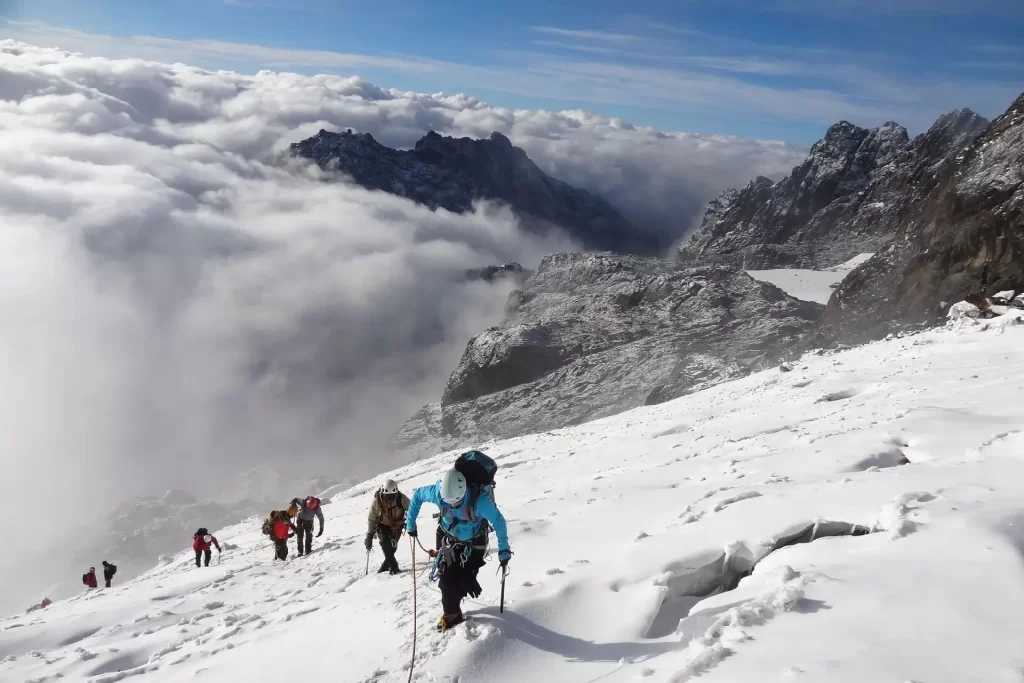 Location, size & elevation
Location, size & elevation
The Rwenzori Mountains National Park (RMNP) is a remarkable African park located in Western Uganda on the East African Rift Valley region nearby the D.R. Congo. This park is surrounded by Uganda’s Kibale National Park, Semuliki and Queen Elizabeth National Parks as well as Congo’s Virunga National Park. Rwenzori NP officially became a Uganda National Park in 1991 and was listed among the UNESCO World Heritage Sites in 1994. It is also a classified Ramsar Site, rising at an altitude of 5109m. Rwenzori Mountains NP is shelters the Rwenzori Mountain ranges also Africa’s 3rd highest peak. The park extends up to 996sq.km and bordering it are 3 main districts; Bundibugyo, Kabarole and Kasese. It boasts of its abundant floral, faunal features and also beautiful waterfalls, glaciers and rare vegetation.
Wildlife/fauna
About 4 primate species, 15 butterfly species and 217 species of birds exist in the different habitats of Rwenzori National Park. The numerous wildlife that call this park home include chimpanzees, hyrax, l’hoest monkeys, forest elephants, black and white colobus monkeys, Rwenzori duikers, etc.
Bird species
Over 217 bird species all survive within the RMNP and include 17 Albertine rift endemic species and tropical highland species. The notable bird species of Rwenzori National Park include Golden-winged sunbird, Scarlet-tufted malachite sunbird, Cinnamon chested bee-eaters, Strange weavers, Rwenzori turacos, Bamboo warblers, Handsome francolins, Lemon dove, White napped pigeon, Slender billed starling, Rameron pigeon, Greenbul, Lagden’s bush shrikes, Montane sooty boubou, Archer’s robin chat, Blue headed sunbird, Long-tailed cuckoos, Crimson wing, Rwenzori batis and Long-eared owl, etc.
Vegetation
Rwenzori NP vegetation varies depending on the altitude and most of it is composed of Albertine and alpine species. At the higher altitude, the key vegetation zones consist of lobelias, groundsels, and giant heathers. Between 1765m and 2600m, it is dominated by Afro-montane vegetation, 2600-3000m (Bamboo), 3000 and 3800m – Heather, between 3800-4500m – Moorland, and at 4500m is mainly comprised of rocky glaciers.
Main Activities to do in and around Rwenzori Mountains NP
Mountain climbing
The main highlight of any Rwenzori Mountains NP safari is the mountaineering (mountain climbing). The park offers unmatched mountaineering adventures to both experienced and inexperienced hikers. Hikes are best done on the 2 major routes/paths that is the Central circuit found around Nyakalengija and then the Kilembe trail (Southern circuit). Visitors can embark on either low altitude –run for 2-4 days or high altitude hikes –these last for 4 to 12 days. Different peaks/mountain ranges to conquer on Rwenzori Mountains National Park include Mount Gessi, Mt. Speke, Mt. Stanley, Baker, Mount Luigi Di Savoia, and Emin Mountain. Essentials to have for your mountaineering adventure; headlamp, waterproof hiking boots, long-sleeved shirt, pair of binoculars, snacks, sleeping bags, gaiters, insect repellents, hat to protect you from the sun heat, sun glasses, ski jacket, trekking pants, waterproof daypack/bag, enough drinking water, and more.
Birding
Bird watching in the Rwenzori Mountains NP involves identifying amazing bird species including Albertine rift endemic species and many others. The check-list of birds to expect to come across on birding excursion in this park include Rwenzori National Park include Golden-winged sunbird, Scarlet-tufted malachite sunbird, Cinnamon chested bee-eaters, Strange weavers, Rwenzori turacos, Bamboo warblers, Handsome francolins, Lemon dove, White napped pigeon, Slender billed starling, Rameron pigeon, Greenbul, Lagden’s bush shrikes, Montane sooty boubou, Archer’s robin chat, Blue headed sunbird, Long-tailed cuckoos, Crimson wing, Rwenzori batis and Long-eared owl, etc.
Cultural experience/community visits
Cultural/community visits are the best way for visitors to have that feel of African authentic cultures. Adjacent to the park are Bakonjo villages that occupy the mountain slopes and it is here visitors can have deep understanding of locals’ unique traditions, cultures, and other practices. It is also possible to embark on a guided walks with the local community guides leading you.
 When to visit the park
When to visit the park
Rwenzori Mountains National Park is open to visitors from January to December. But the most favorite time to get to this park for a holiday is during the dry months of the year; June to August and December to February. These months are excellent for mountaineering as they come with low or no rains making it easier to conquer the great heights of Rwenzori Mountains.
Accommodation
Aside from the campsites at the varying elevations of Mt. Rwenzori, the park has several accommodation options at the base and nearby areas comprising of budget, midrange and luxury. They include the Equator Snow Lodge, a luxury lodge which is
found at the base of the Rwenzori Mountains; Hotel Margherita and Rwenzori International Hotel.
How to reach the park
By road and air: Traveling to Rwenzori Mountains NP by road involves setting off from Kampala/Entebbe city via Mityana-Mubende-Fort Portal tourism city or leave Kampala/Entebbe through Masaka-Mbarara-Kasese and this is regarded as the longest route.
By air, you take a flight from Entebbe International Airport or Kajjansi airfield to Kasese airfield.

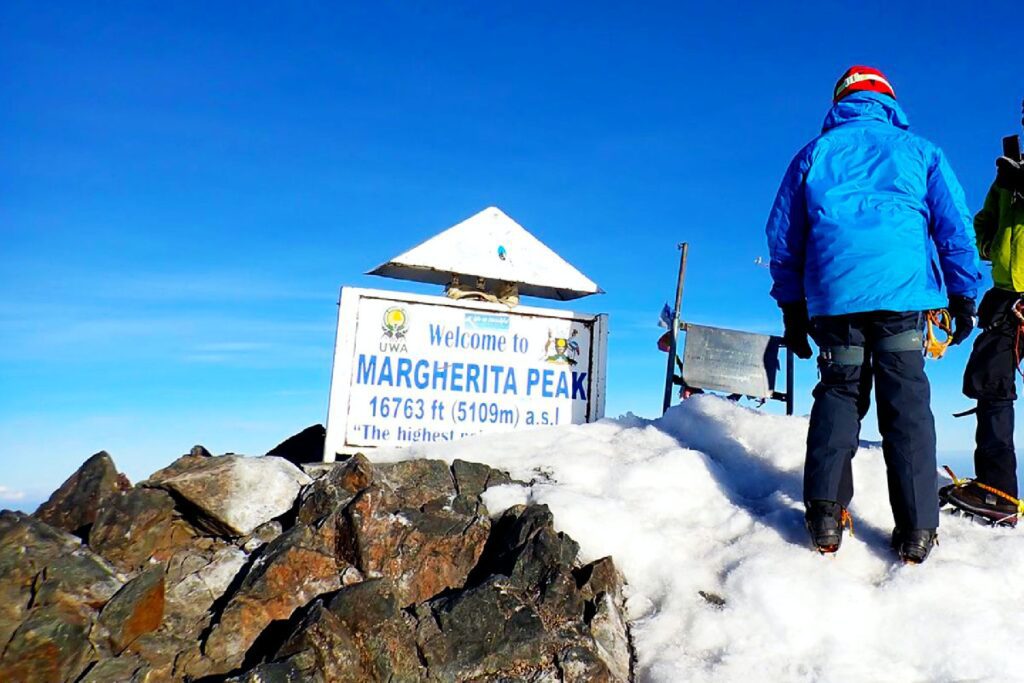 When to visit the park
When to visit the park